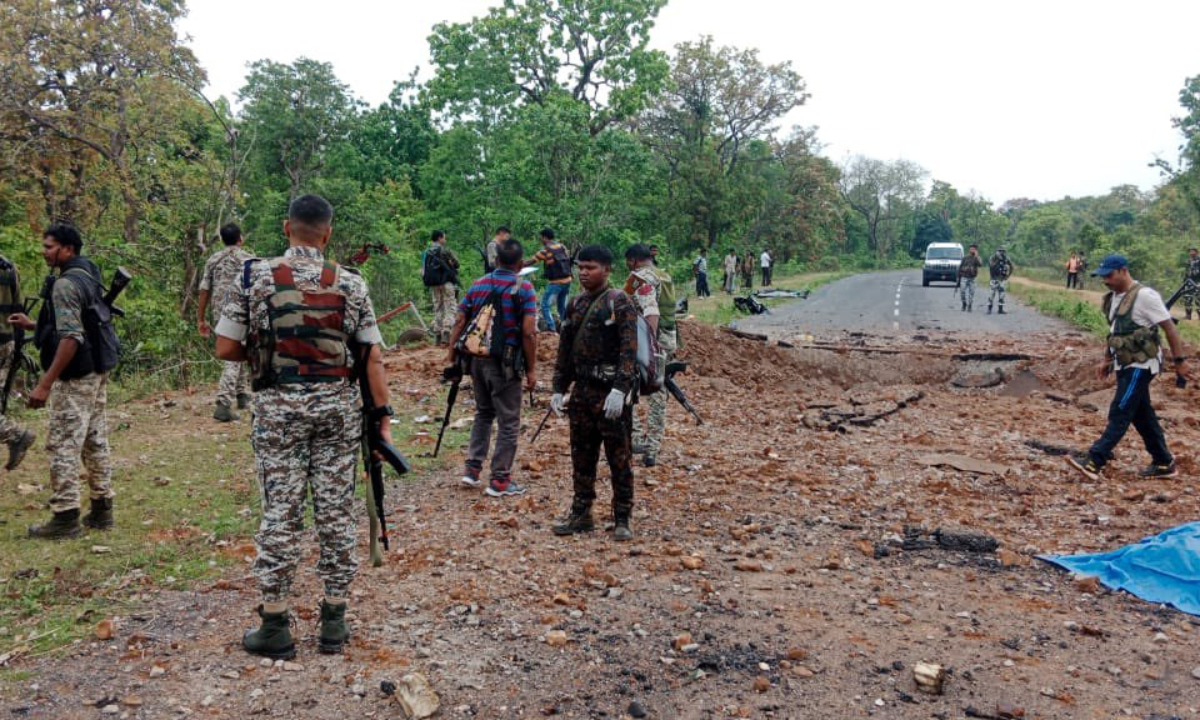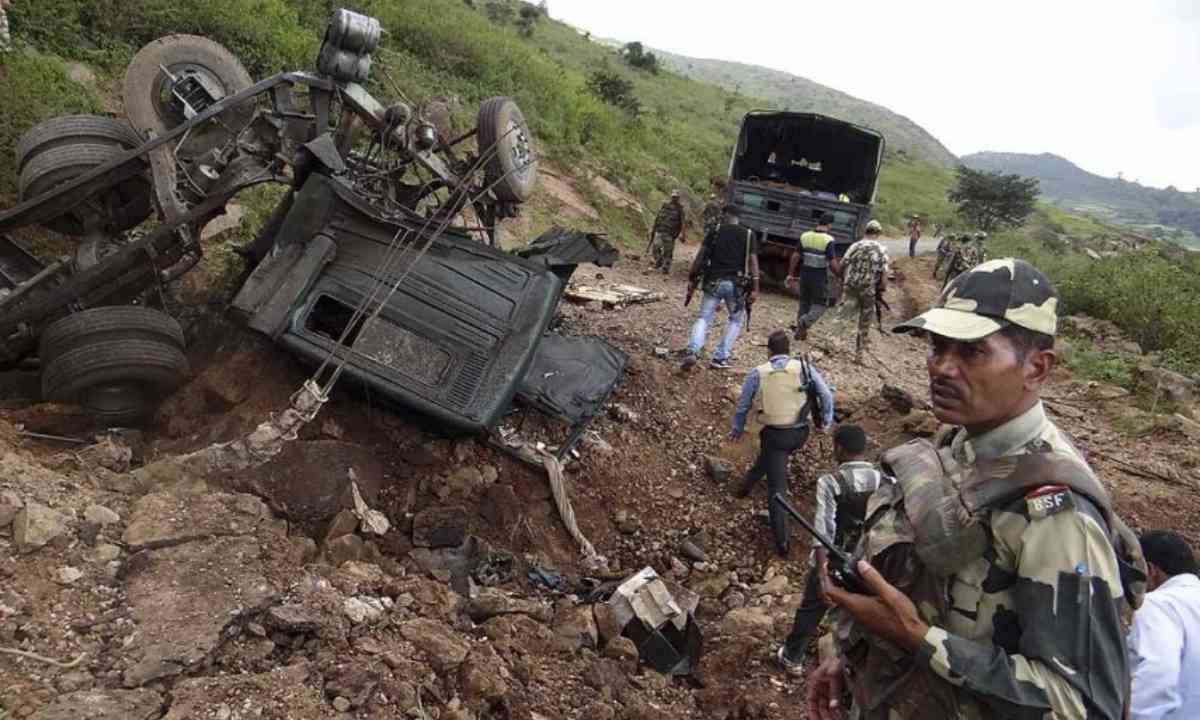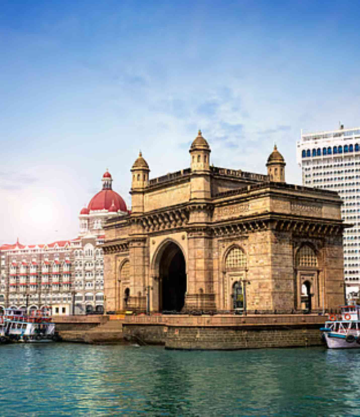On April 26th, an IED explosion carried out by naxals killed at least ten jawans and a civilian in Chhattisgarh's Dantewada. The attack occurred when a team of the state police's District Reserve Guard was out on an anti-naxal operation, and the IED was planted on the Aranpur road. Around 1 pm to 1:30 pm, there was an explosion that caused severe damage to the road and completely destroyed the vehicle, resulting in a crater that was almost 10 feet deep. According to reports, the attack was carried out using an Improvised Explosive Device containing approximately 40 kg of explosive material and a pressure bomb.
The Naxal attack was condemned by Prime Minister Narendra Modi, who also paid homage to the individuals who lost their lives in the incident. He said that their sacrifice would always be remembered, and he offered his condolences to the bereaved families. After the attack, Chief Minister Bhupesh Baghel held a high-level meeting to review the situation, and Union Home Minister Amit Shah spoke with him to assess the situation and assure him that the central government would provide all possible assistance in dealing with it.

According to security officials, the absence of reliable technology to detect Improvised Explosive Devices (IEDs) and the growing desperation of Naxals, who are evading direct confrontation with the security forces engaged in operations to eradicate Left Wing Extremism (LWE) in the state, are responsible for such incidents. In response to the Naxal attack in Dantewada, the government of Odisha put three districts adjoining Chhattisgarh on high alert.
This attack was the state's largest Maoist strike against security forces in the last two years, and Chief Minister Bhupesh Baghel stated that the fight against Naxalism is in its final stages. He declared that the Naxals would not be spared under any circumstances and vowed to work together to eliminate Naxalism.
© Copyright 2023. All Rights Reserved Powered by Vygr Media.






















